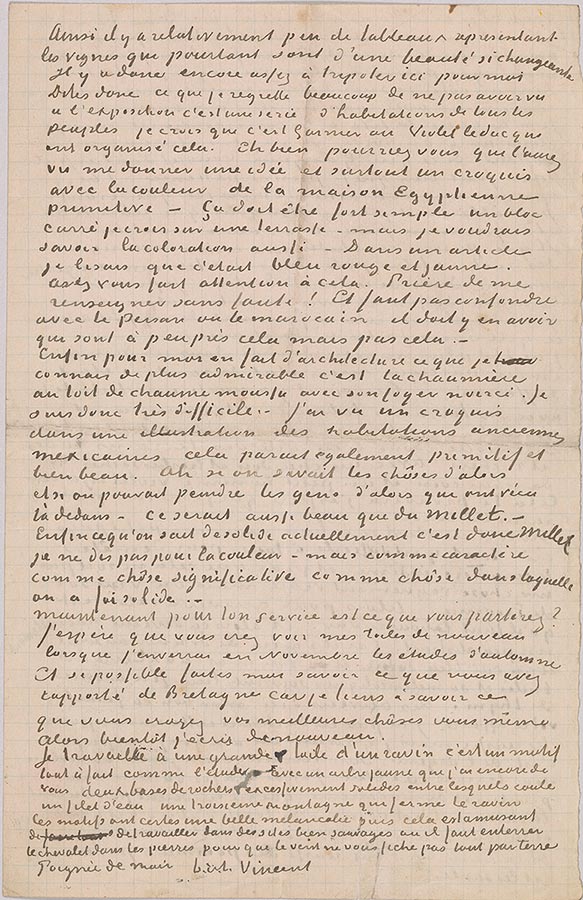

We call these patterns of thought our “nature” and resign ourselves to being governed by them as if they are the result of a force outside of us, the way that the seas are governed – rather absurdly, when one thinks about it – by a distant and otherwise irrelevant moon.Īnd yet it is unquestionably within our power to break the loop to “violate” what presents itself as our nature by choosing to think – and to see, and act – in a different way. And even when these loops fail over and over again to bring us to a desirable place, even while they entrap us, and make us feel anciently tired of ourselves, and we sense that sticking to their well-worn path means we’ll miss contact with the truth every single time, we still find it nearly impossible to resist them. Its thoughts go in loops, repeating patterns established so long ago we often can’t remember their origin, or why they ever made sense to us. It watches the moon and the planets, the days and seasons, the cycle of life and death all going around in an endless loop, and unconsciously, believing itself to be nature, the mind echoes these cycles. It’s a strange thing about the human mind that, despite its capacity and its abundant freedom, its default is to function in a repeating pattern. It’s extraordinary that I should have been given your letter now, because it is exactly that act of breaking that has been on my mind this last year, and which I feel has everything to do with how I want to make art, and how I want to live. You write about fear: Fear of the blank canvas, but also, on a larger scale, of the “infinitely meaningless, discouraging blank side” that life itself always turns toward us, and which can only be countered when a person “steps in and does something,” when he “breaks” or “violates.” Her piece is part of an exhibition by the Van Gogh Museum in Amsterdam, in which twenty-three contemporary artists and writers respond to the letters of Van Gogh in paintings, sculptures, letters, poems, photographs, and videos. That transcendence of the pattern is what novelist Nicole Krauss explores in an exquisite response to Vincent van Gogh’s 1884 letter to his brother about fear and risk-taking. To keep repeating a baleful pattern without recognizing that we are caught in its loop is one of life’s greatest tragedies to recognize it but feel helpless in breaking it is one of our greatest trials to transcend the fear of uncertainty, which undergirds all such patterns of belief and behavior, is a supreme triumph. On Fear, Bravery, and How to Break the Loop of Our Destructive Patterns


 0 kommentar(er)
0 kommentar(er)
